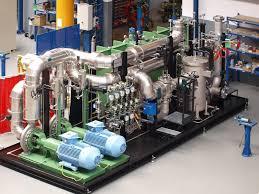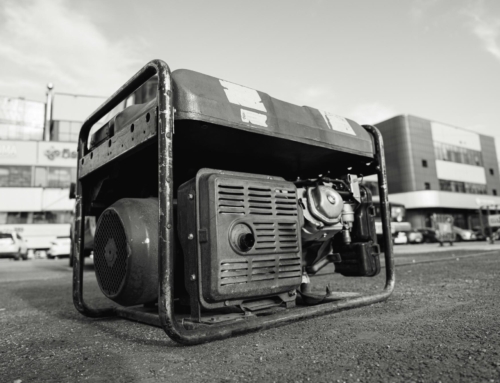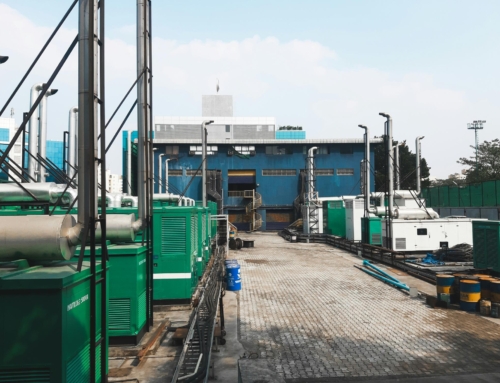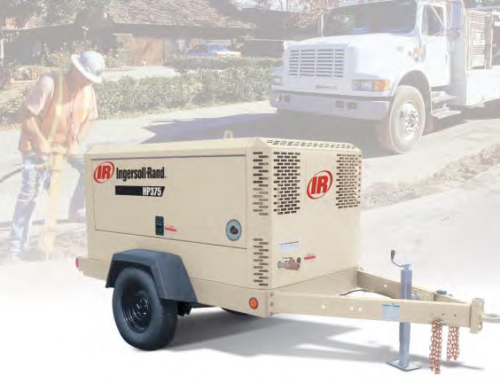Table of Contents
Generator Cooling System Configurations
Every generator set maker offers distinctive alternatives for plan of the cooling framework. The two most regular styles of cooling frameworks are shut circle and open circle frameworks. Shut circle frameworks join cooling pump(s), cooling fan and radiator(s) situated on a slip as an across the board unit. Furthermore, holder and trailer alternatives are advertised.

Generator Cooling Systems
An ethylene glycol based coolant is flowed through the cooling framework segments. Three normal cooling framework arrangements are:
Single Pump Single Loop (SPSL) – SPSL frameworks are normal in littler to fair size generator applications. Task for this framework as takes after:
- Engine begins, coordinate drive pump is driven and fan grasp is pivoting.
- Engine achieves operating temperature, coolant indoor regulator opens and fan grip locks in.
- Ethylene glycol coolant is provided to engine square and chamber head inner segments, for example, oil cooler and intercooler.
- Air is pulled through the radiator.
- Return coolant stream is coordinated to radiator.
Twofold Pump Double Loop (DPLP) – DPLP cooling framework setups are normal to huge generators and when a generator is situated in a high encompassing temperature climate. Activities for this framework as takes after:
- Engine begins, coordinate drive pump is driven and fan grip is pivoting.
- Engine achieves operating temperature, coolant indoor regulator opens and fan grasp locks in.
- One pump courses ethylene glycol coolant to engine square and barrel head.
- Remaining pump courses ethylene glycol coolant to inside segments, for example, oil cooler and intercooler.
- Air is pulled through the radiator.
- Return coolant stream is coordinated to the individual radiators.
Open Loop (SPSL) – Open circle frameworks are for the most part utilized as a part of marine applications, in spite of the fact that could be utilized where any adequate waterway is accessible. Activity for this framework as takes after:
- Engine begins, coordinate drive pump is driven providing seawater to indoor regulator.
- Engine achieves operating temperature, seawater indoor regulator opens and permits seawater course through engine piece, chamber head and segments, for example, oil cooler and intercooler.
- Return seawater is steered back to source.
Keeping up Cooling System
To safeguard generator execution, an essential comprehension of cooling framework parts is required. Singular generator makers distribute review and support techniques for the cooling frameworks. The following are general industry norms (dependably allude to producer particulars):
Caution !!!
To keep the likelihood of individual damage or passing, dependably tag and bolt out all sources engine/generator power before cooling framework upkeep.
Try not to expel the weight top from a hot engine. Hold up until the point when the cool and temperature is underneath 120°F (50°C) preceding evacuating the weight top. Warmed coolant splash or steam can cause individual damage.
Coolant is lethal. Avoid youngsters and pets. If not reused, discard as per neighborhood ecological controls.
Try not to fix a bowed fan cutting edge or keep on using a harmed fan. A twist or harmed fan cutting edge can fall flat amid activity and cause individual damage or property harm.
Alert
The cooling framework must be filled appropriately to forestall airtight chambers. On the off chance that air exists in cooling framework, pump will encounter cavitation causing untimely pump wear and engine harm. Continuously allude to maker’s manuals when overhauling cooling frameworks.
Coolant – Engine coolant is a blend of clean great quality water and an ethylene glycol radiator fluid blend. Never run water just as a coolant. Coolant greases up the coolant pump orientation and helps in insurance from rust development in the engine coolant entries. Continuously allude to maker’s suggestions for appropriate coolant blend. The following is a table to help in blending coolant to maker’s details.
Coolant System – Each generator application can have an alternate cooling framework design. The following is a general rundown of parts:
- Coolant pump – Depending on engine size, belt or rigging driven. Flows coolant all through cooling framework.
- Radiator – Can be single or twin radiator outline. Utilizing two radiators to take into consideration two circle framework takes into consideration more prominent cooling ability.
- Fan – Can be belt or direct drive. Belt driven applications can utilize a fan grip to take into consideration as required fan engagement.
- Engine Oil Cooler – Coolant provided to vessel. Vessel has a heap of tubes that is drenched in coolant. Oil courses through tube package and is cooled by encompassing coolant.
- Intercooler – Coolant is provided to a tube and blade package. Tube and balance package is situated in a vessel. Wind streams through vessel and is cooled by tube and blade package.
- Louvers – Used in covering and versatile units to enable air to stream to the radiator from environment. Control frameworks can take into consideration full open or full close. Propelled control frameworks can take into consideration louver to open as much as required for premium activity.
Cooling System Inspection – General cooling investigations ought to be finished amid generator down time and keeping in mind that generator is in activity. Producer’s suggestions dependably ought to be taken after. The following are some base watches that can be utilized when suggestions are not accessible.
Amid Shutdown:
- Leak at water pump(s) sob gap.
- Damage, holes and trash in radiator(s) balances.
- Coolant level and oil tainting. Oil in coolant could demonstrate spilling oil cooler package.
- Coolant particular gravity.
- Damage to fan, fan cover or belts.
- Coolant spills at hose associations.
- Oil for confirmation of coolant sullying. Smooth shading could show spilling chamber head gasket.
- Louvers ought to be shut amid periods when generator isn’t in activity.
- Automatic move switch in amend position.
Amid Operation:
- Engine coolant temperature.
- Prior to coolant achieving operating temperature, ensure fan isn’t turning on fan grasp applications.
- When coolant achieves operating temperature, ensure fan is turning on fan grip applications.
- Coolant spills at radiator.
- Coolant spills at hose associations.
- Coolant vapor in engine fumes. Demonstrates coolant spilling in ignition chamber.






Leave A Comment